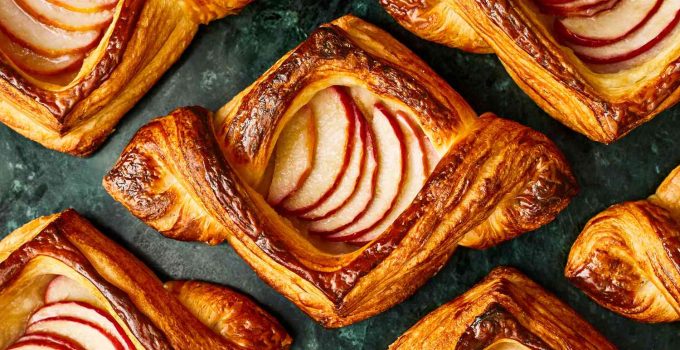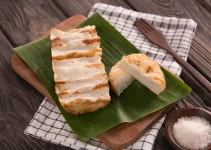Danish pastry with its flaky layers and rich, buttery taste, has become a global symbol of culinary indulgence. Originating from Denmark, this pastry has evolved into an array of delightful forms and flavors, each more tempting than the last. In this article, we will delve into the enchanting world of Danish pastry, exploring its history, variations, and the sheer pleasure it brings to our senses. With every bite, Danish pastry promises to elevate your culinary experience to new heights.
The Rich History of Danish Pastry
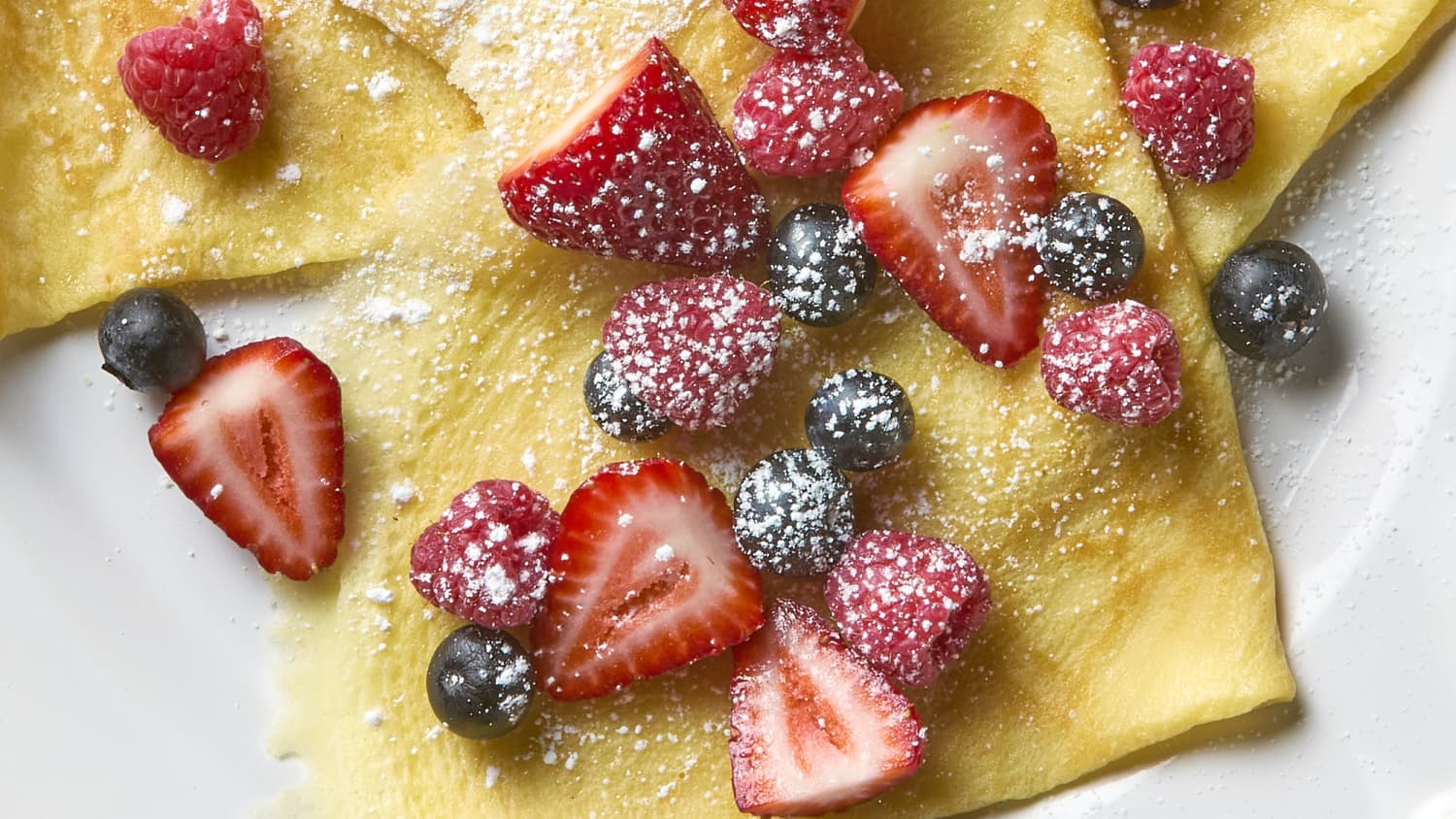
The history of Danish pastry is as fascinating as its taste. Contrary to its name, the origins of Danish pastry can be traced back to Austria. In the mid-19th century, Danish bakers encountered Austrian bakers who introduced them to the art of making Viennese bread and pastries. Inspired by these techniques, the Danish bakers began to experiment and refine the recipes, leading to the creation of what we now know as Danish pastry.
One of the most significant moments in the history of Danish pastry was when a workers’ strike in Denmark in 1850 led to the employment of foreign bakers, including Austrians. This influx of new baking techniques and ideas played a crucial role in the development of Danish pastry. Over time, Danish bakers perfected the recipe, adding more butter and incorporating a series of folds to create the signature flaky layers.
The Art of Making Danish Pastry
Creating the perfect Danish pastry is an art that requires precision and patience. The process involves several key steps, each contributing to the final product’s exquisite texture and flavor.
Ingredients
The essential ingredients for Danish pastry include flour, butter, sugar, yeast, milk, and eggs. The high butter content is crucial for achieving the pastry’s flaky layers and rich taste. Additionally, the use of yeast in the dough gives Danish pastry its light and airy texture.
Laminating the Dough
Laminating the dough is a critical step in making Danish pastry. This process involves folding butter into the dough multiple times to create thin layers. Here’s a simplified version of how it’s done:
- Prepare the Dough: Mix the flour, sugar, yeast, milk, and eggs to form a smooth dough. Let it rise until it doubles in size.
- Incorporate the Butter: Roll out the dough and place a slab of butter in the center. Fold the dough over the butter, sealing it completely.
- Roll and Fold: Roll out the dough again and fold it into thirds, similar to folding a letter. Repeat this rolling and folding process several times to create multiple layers.
Shaping and Baking
Once the dough is laminated, it can be shaped into various forms. Classic shapes include the pinwheel, the envelope, and the spiral. After shaping, the pastries are left to rise once more before baking. The final step is to bake the pastries until they are golden brown and flaky, filling the kitchen with an irresistible aroma.
Popular Variations of Danish Pastry
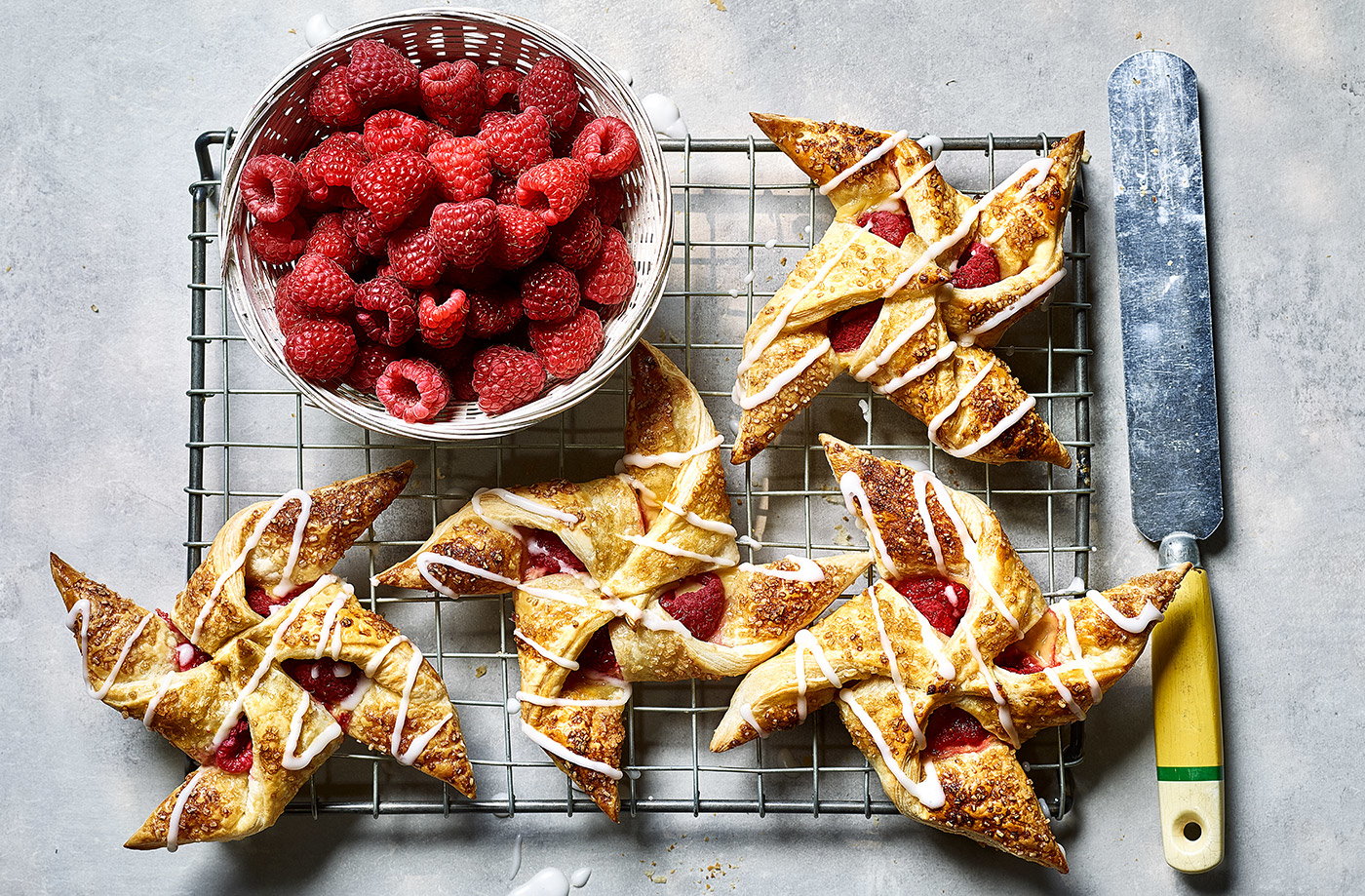
Danish pastry comes in numerous delightful variations, each offering a unique taste experience. Here are some of the most popular types of Danish pastry that are sure to elevate your senses:
The Classic Danish
The classic Danish pastry, often referred to simply as a “Danish,” is typically filled with fruit preserves, custard, or cream cheese. It is often topped with a sweet glaze or powdered sugar. The combination of the buttery, flaky pastry with the sweet filling is a match made in heaven.
Cinnamon Swirls
Cinnamon swirls are a beloved variation of Danish pastry. These pastries are rolled into a spiral shape and filled with a mixture of butter, sugar, and cinnamon. The result is a warm, aromatic treat that is perfect for breakfast or dessert.
Almond Bear Claw
The almond bear claw is a Danish pastry filled with a rich almond paste and shaped to resemble a bear’s claw. It is often topped with sliced almonds and a drizzle of icing. The nutty flavor of the almonds pairs perfectly with the buttery pastry.
Kringle
Kringle is a traditional Danish pastry that is often served during the holidays. It is shaped into a large oval or pretzel shape and filled with a variety of ingredients, such as almond paste, fruit preserves, or chocolate. Kringle is often decorated with icing and chopped nuts, making it a festive and delicious treat.
Danish Pastry Around the World
The popularity of Danish pastry has spread far beyond Denmark, with many countries adopting and adapting the pastry to suit local tastes and traditions. Here are a few examples of how Danish pastry is enjoyed around the world:
Danish Pastry in the United States
In the United States, Danish pastry is a staple in many bakeries and coffee shops. American variations often feature a wide range of fillings, including cream cheese, fruit preserves, and chocolate. The “Danish” has become a beloved part of American breakfast culture, often enjoyed with a cup of coffee.
Danish Pastry in Japan
In Japan, Danish pastry has been embraced with enthusiasm, leading to the creation of unique and innovative variations. Japanese bakeries often incorporate local ingredients, such as matcha (green tea) and sweet red bean paste, into their Danish pastries. The result is a delightful fusion of Danish and Japanese flavors.
Danish Pastry in France
France, known for its rich pastry tradition, has also embraced Danish pastry. French bakeries often offer Danish pastries alongside their famous croissants and pain au chocolat. The French versions of Danish pastry often feature elegant shapes and sophisticated fillings, such as apricot and almond cream.
The Sensory Experience of Danish Pastry
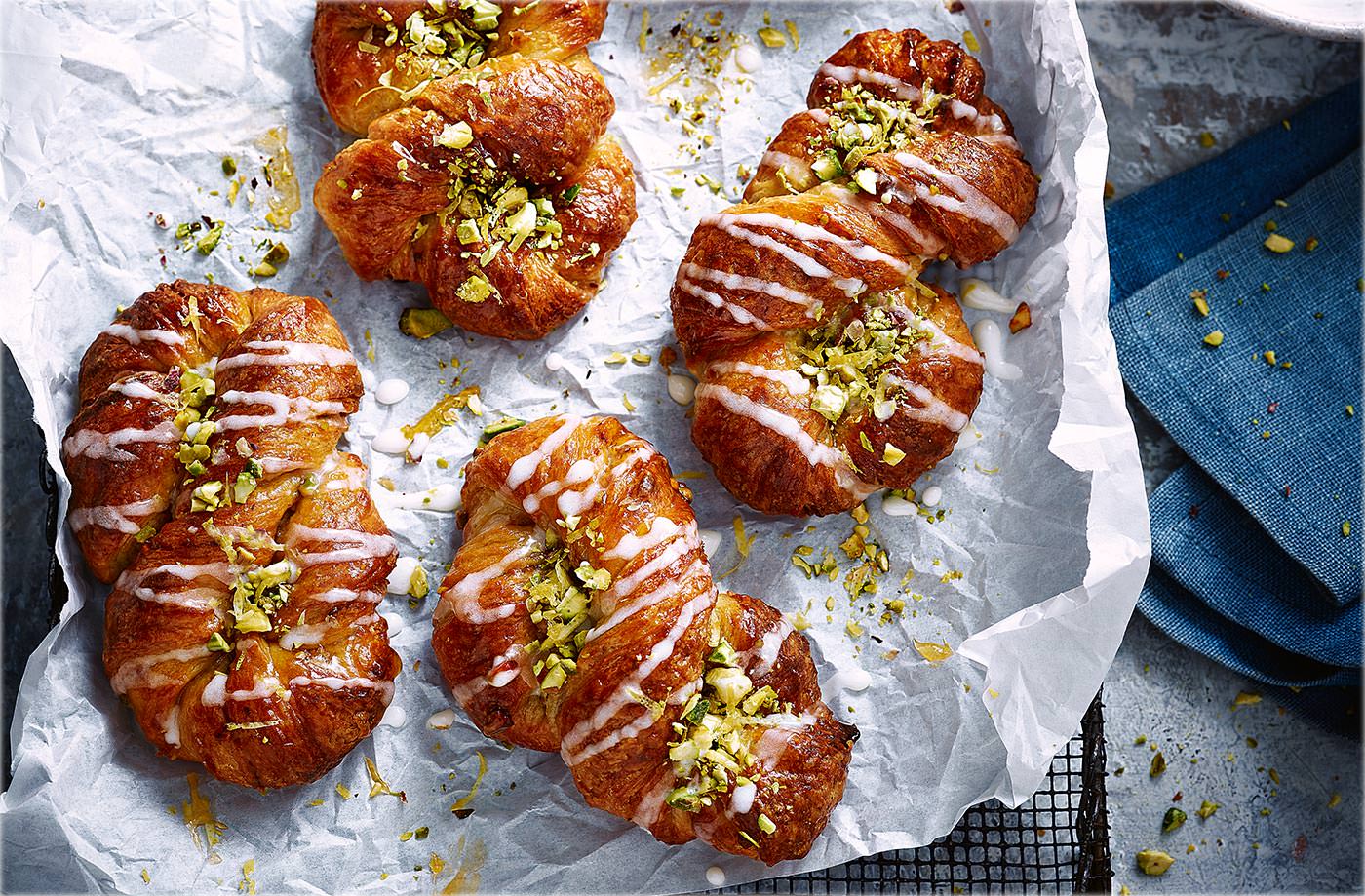
One of the most enchanting aspects of Danish pastry is the sensory experience it provides. From the moment you take your first bite, Danish pastry engages all your senses in a symphony of flavors and textures.
The Visual Appeal
Danish pastry is a feast for the eyes. The golden, flaky layers and the intricate shapes make each pastry a work of art. The sight of a beautifully glazed Danish or a powdered sugar-dusted cinnamon swirl is enough to make your mouth water.
The Aroma
The aroma of freshly baked Danish pastry is irresistible. The rich scent of butter, combined with the sweet and spicy notes of cinnamon or fruit fillings, fills the air and creates an inviting atmosphere. The smell alone is enough to elevate your senses and create a sense of anticipation.
The Texture
The texture of Danish pastry is a delightful contrast of crispiness and softness. The outer layers are flaky and slightly crisp, giving way to a tender and buttery interior. The combination of these textures creates a satisfying and indulgent mouthfeel.
The Taste
The taste of Danish pastry is a harmonious blend of rich, buttery flavors and sweet or savory fillings. Each bite offers a burst of flavor that lingers on the palate, making it impossible to stop at just one. Whether you prefer the classic fruit-filled Danish or a decadent chocolate-filled variation, the taste is sure to elevate your senses.
Enjoying Danish Pastry at Home
While Danish pastry is often enjoyed at bakeries and cafes, making it at home can be a rewarding and enjoyable experience. Here is a simple recipe to try:
Homemade Danish Pastry Recipe
Ingredients:
- 2 1/2 cups all-purpose flour
- 1/4 cup granulated sugar
- 1/2 teaspoon salt
- 1 cup cold unsalted butter, cubed
- 1/2 cup milk
- 1 large egg
- 1 packet active dry yeast (2 1/4 teaspoons)
- 1 teaspoon vanilla extract
- Your choice of fillings (fruit preserves, cream cheese, chocolate, etc.)
Instructions:
- In a mixing bowl, combine the flour, sugar, and salt. Add the cold butter and cut it into the flour mixture until it resembles coarse crumbs.
- In a small saucepan, warm the milk until it is lukewarm. Stir in the yeast and let it sit for 5 minutes until frothy.
- In a separate bowl, whisk together the egg and vanilla extract. Add the yeast mixture and egg mixture to the flour mixture, stirring until a dough forms.
- Knead the dough on a lightly floured surface for about 5 minutes, or until it becomes smooth and elastic. Wrap the dough in plastic wrap and refrigerate for at least 1 hour.
- Roll out the dough into a large rectangle. Fold the dough into thirds, like a letter, and roll it out again. Repeat this folding and rolling process three more times to create the layers.
- Roll out the dough one final time and cut it into desired shapes. Fill the pastries with your choice of fillings and place them on a baking sheet lined with parchment paper.
- Let the pastries rise for 30 minutes while preheating your oven to 375°F (190°C).
- Bake the pastries for 15-20 minutes, or until they are golden brown and flaky. Allow them to cool slightly before glazing or dusting with powdered sugar.
Conclusion
Danish pastry is more than just a treat; it is an experience that elevates your senses and brings joy to your day. From its rich history and intricate baking process to its diverse variations and sensory delights, Danish pastry is a true culinary treasure. Whether enjoyed at a local bakery or made at home, Danish pastry promises to indulge your taste buds and leave you craving wdbos login more. So, the next time you seek a delightful and irresistible treat, reach for a Danish pastry and savor the magic it brings to your senses.

